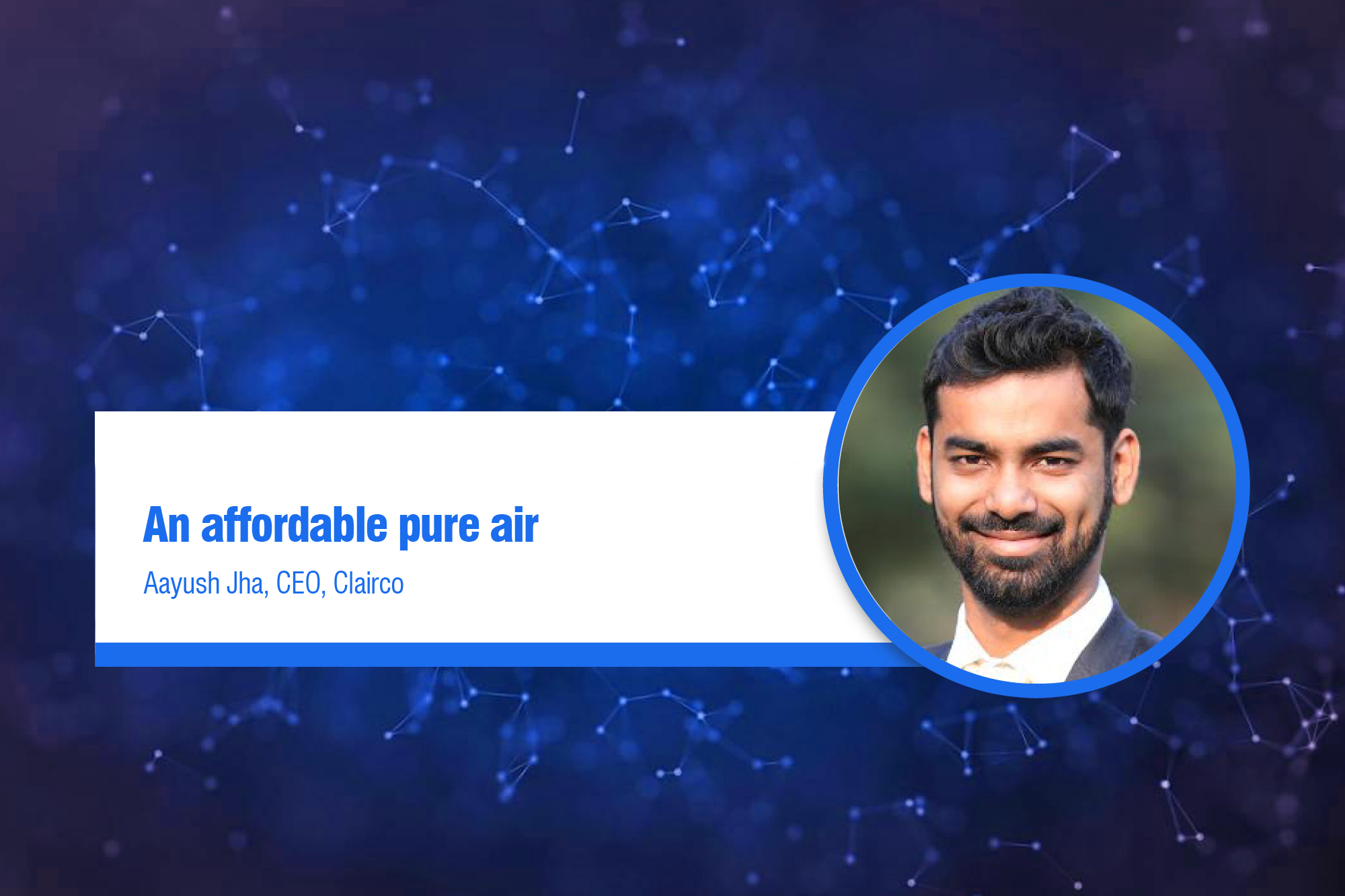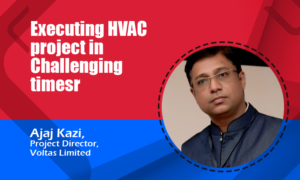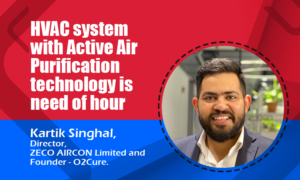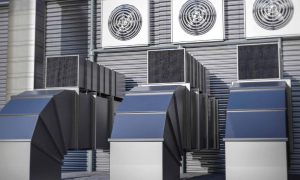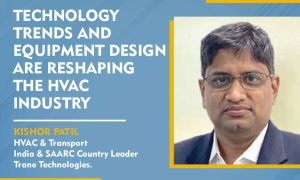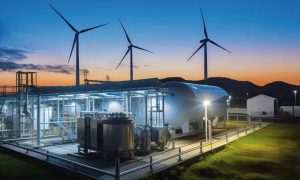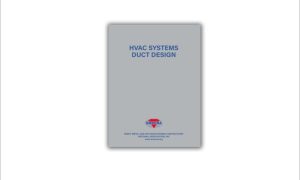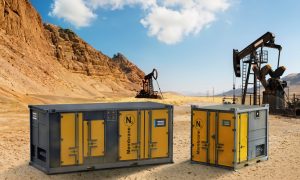The concrete jungle stopped getting pure air long back. Breathing good air is an expensive dream for many now! However, then comes Clairco ‘guaranteeing’ affordable air for all. In an interaction with Athira of TCBU, Aayush Jha, CEO, Clairco shares how he came up with the cheapest form of air purifier and how even a common man can measure it.
How did this idea to convert any air-conditioner to air-purifier take birth?
How I started thinking about air purification is a very personal story. My father worked with Steel Authority of India. 2 years back he was transferred to Delhi after which during Diwali, he got very, very sick and got breathing problems. We were all really worried and had no clue about the cause of it. Then, there were news going around that Delhi’s air has gone bad and there were briefings about it too. That was when we decided to go for one of the air purifiers which turned out to be really expensive. This is when my curiosity started jumping in as in why these air purifiers are so expensive? I knew that these were basically a fan attached to some filters; so how expensive can that be; definitely not worth Rs. 10000-15000.
How did things then fall in place for Clairco?
An air purifier, basically, pushes the air through filters and these filters can scrap any pollutants going through it. So I thought why can we not do that in regular air conditioning unit? Almost everyone has ACs in their home. So, we started speaking with a few companies in air filter space and got a filter designed with inputs from experts in the space which can be installed in any sort of an air conditioning system. The filter we use is a low drag nanotechnology air filter. With this, we can convert any sort of AC, home or regular AC, split AC, window AC, car AC, or any other AC, to an air purification unit. So, going forward, we realised that this is pretty interesting and we started working on it. I also wanted to measure the air quality on a regular basis as in the currently available purifiers, some do but most of them don’t and the one that do aren’t very reliable.
You claim to be the only company who can measure and predict air quality. Can you be a bit elaborate on that?
When we started working on this, we realised that for quality management of air we need to measure it. Thus, we developed a very low cost IoT device which when connected to any property’s WiFi and can measure the air quality continuously. With this the property manager/owner can view the quality results on the dashboard in real-time.
What we do is measure air quality non-stop and because we have very rich historical air quality data, our AI can predict when that filter needs to be changed. If one changes the air filter at the right time, the air quality will always be maintained. So, this is why we are the only ones who can promise clean air unlike anyone else. We have a patent pending on this.
What are the charges for changing the filters?
We do not charge for anything. When I say Rs.2/sq.ft of the property on a monthly basis, that includes everything. So, if you have an office space for 5,000 square feet, the owner will only have to pay Rs. 10,000/month. This is inclusive of the air quality monitoring costs, air purification costs, as many as filter changes required, labor costs, installation costs, etc. No hidden charges in this.
There are quite a number of established competitors in the market. How is Clairco going to fare in amidst them?
At present, we help businesses ensure clean air in an affordable and measurable way. All the current solutions which you see in the market, do not provide guaranteed solutions in terms of air quality plus they are incredibly expensive.
If you look at established players, they tell you to change the air filters every six months. If you live in Delhi or in any place that has good air quality; irrespective of the location or the quality of air, these companies would want you to change the filters every six months. So, either way you are changing the filters too late in Delhi or too soon in any other places. That is the reason they cannot promise clean air. If the filter is not changed exactly when it needs to be changed, the air quality cannot be maintained, as simple as that.
For instance, there’s a construction happening close by or the property is close to the main road. There is a possibility that the air quality in that particular building is much worse as compared to a building that is just 200 meters away. So, the metrics to be measured has to be ambient air quality and not city level data; based on this we can determine whether the filter needs to be changed.
At the moment, we have operations in Delhi, Hyderabad and Bangalore. In Delhi, the air filters need to be changed in three weeks. In Bangalore, we change it somewhere around five or six weeks and in Hyderabad, we change it in three months; so it totally depends on where you are located.
How do you efficiently purify and monitor indoor air without risking the inhabitants? How can IoT help this overall?
IoT and the amount of data generated through it, is at the very core of Clairco. We install these air quality monitor which gives us real time measurement of pollutants in the ambient air.
All the data which is generated goes to our system and our system is continuously crunching numbers and learning non-stop about the air quality in that property. If I am to install Clairco at your office, our proprietary Artificial Intelligent machine in sometime will learn and predict what the air quality will be after six months. This can only happen by learning through data.
Everything has some sort of a pattern; air quality has too. It will improve at a particular time, will go bad at a particular time or there can be situations where there is no motion at all in the air quality; all these have a pattern. So, my air quality monitoring machine, because of its non-stop generation of data will help us understand the pattern of the air quality in a particular area. Because we can predict the air quality, we can know exactly when to change the air filter.
What kind of investments are we looking at in Clairco?
We are backed by Anand Subramanian, Senior Director, Ola Cabs. Apart from that, we are also in talks with a few funds to raise a seed round of funding. We are also a part of an accelerating program in Bangalore by the real estate giant Brigade group.
What precautions need to be taken before installing an air purifier at home?
We need to understand every home and premise has a different characteristic. We need to understand the space first and then look at the solution. For example, on an average, a bedroom would be around one 150-200 square feet. Almost, all air purifiers have the capability to clean an area of this size, but the same purifier cannot be used for the drawing room, a bigger space, where there might arise a need to have two air purifiers. So we need to be wary about it.
While buying an air purifier, there are couple of things that need to be understood: 1) How would we come to know that it is time to change the air filter after using it for some time and 2) If there is no air quality monitoring in the purifier, how will we come to know how much bad or good the air quality is. I think if an air purifier does not answer these concerns then that’s not a great buy.
If a purifier is not indicating that the air quality level is dropping, then you won’t come to know about it and won’t switch it ON. When we conducted a survey, we came to know that most of the people switch ON their purifiers only in the night. What about during day time? What they don’t realise is that the quality drops during day time as well. Another myth that is going around is that the air inside our houses is good and we will be exposed to harmful pollutants only if we step out of the home. What people don’t realise is that it is a proven fact that indoor air quality is 3-4 times far worse than the outdoor quality.
How does one come to know that it is time to change the filter?
I would say that is one of the greatest things about Clairco. The end customer need not do anything. Our engineers will get a notification stating this particular property needs filter change. Our service men will go, schedule an appointment with the owner and will get the filter change. Our engineers and tech team are working round the clock to monitor air quality and filter life.
Air quality is dipping in India, especially in the NCR. What do you think needs to be done to curtail it? How have the government initiatives helped so far?
First, we need to understand why there is bad air in any northern part of India or anywhere. Basically, there four big reasons because which air quality is bad and is growing much worse year on year throughout the world and just not in north India. Building construction and thermal power plant emission are the massive reasons for air pollution and global warming. Agriculture practices needs to be changed. Burning the stubble is another major concern which going by the current situation looks to be around for another 10 years, if the government doesn’t do anything about it. Unless and until, appropriate actions are not taken, the air quality will continue to deteriorate.
“We are the only ones who can promise clean air unlike anyone else. We have a patent pending on this”
Aayush Jha, CEO, Clairco
Cookie Consent
We use cookies to personalize your experience. By continuing to visit this website you agree to our Terms & Conditions, Privacy Policy and Cookie Policy.

